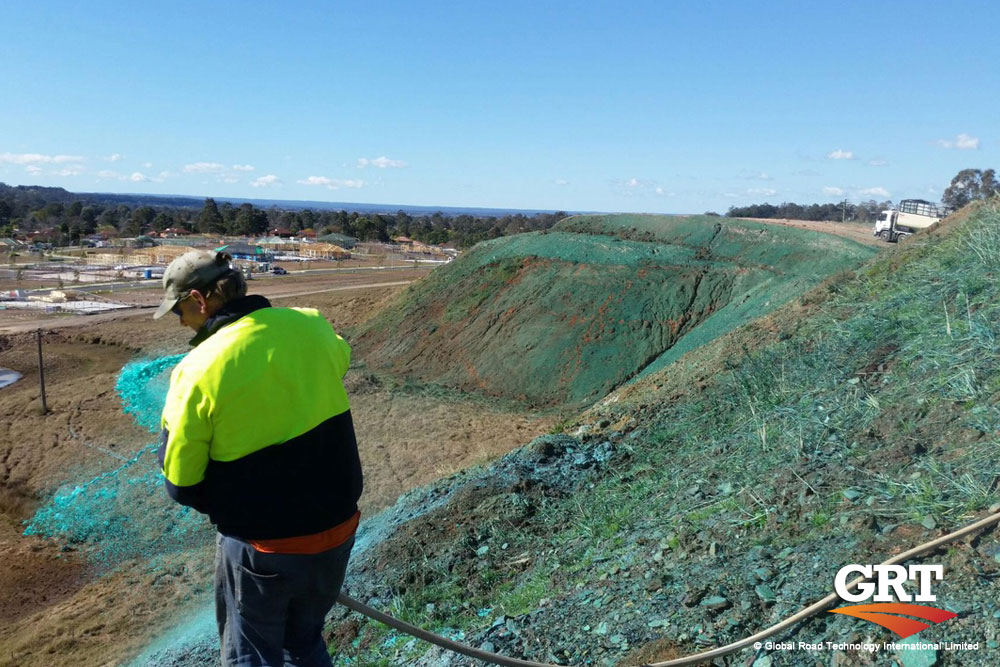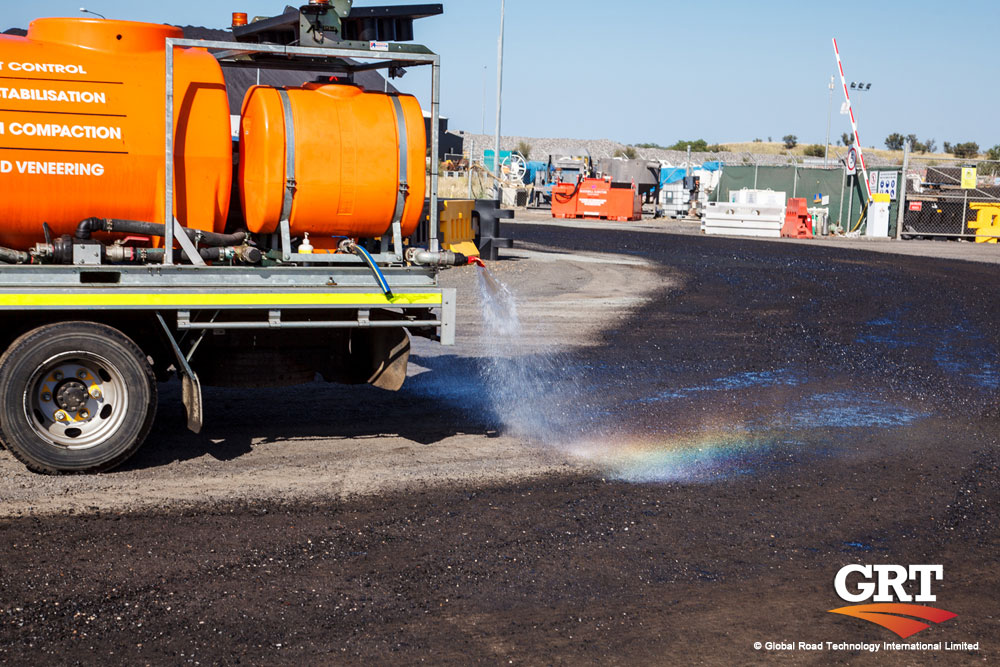The field of erosion control has many common names which have been used for many centuries and one very popular one in this regard is ‘Coir’. The name itself has a history behind it which belongs to the land of ‘Kera’ which means coconut tree. Kerala, a small state in the southern part of India was named after its coconut trees that are abundant all over the state. As most people commonly associate with coconut we should very well mention that it is one of the most important sources of vegetable oil in the world as its kernel contains up to 60% oil. Indeed Coir has a rich history and is native to the tropics. Different botanical school of thoughts have various suggestions to pinpoint the actual origin of coir. Prehistoric origin is attributed to Philippine Islands with some known cultivation dates dating back to 300BC in Sri Lanka and although other records show that its existence is of Indian origin from about 3000 years ago. The article seeks to understand the use of coir in erosion control through evaluating what coir is, its unique properties, how it has been used in erosion control from an environmental and sustainability point of view.
What exactly is coir?
By definition coir is the fiber extracted from the fibrous outer covering of the fruit of the coconut palm, botanically known as Cocos nucifera (Linn). This outer layer is called the coconut husk and it consists of the smooth waterproof outer skin and fibrous zone which is made up of strands with fibro vascular bundles of coir embedded in a non-fibrous connective tissue. The chemical composition of coir fiber consists of water soluble compounds (5.25%), pectin and related compounds (3%), hemicellulose (0.25%), lignin (45.84%), cellulose (43.44%) and ash (2.22%). Since lignin and cellulose consist almost 90% of coir it is important to understand what they are. Lignin is a polymer of a set of aromatic compounds and cellulose is made of monomeric units of glucose. The fibrous nature of coir stems from fiber formation of long chain molecules structurally intertwined side by side in bundles which form rope like structures that are held together through hydrogen bonding. The lignin cements them to each other producing a structure that is composite in nature with hemicellulose playing an integral part to it which renders coir with fibers that are relatively harder and stiffer than pure cellulosic fibers such as cotton or lignocellulosic fibers such as pineapple.
In more detail…
Dominantly, the S2 layer of the secondary wall makes up one of the several layers of cellulose microfibrils laid in spirals about a common axis is responsible for combined effects of other layers. Cells of coir fiber have an oval shape and consist of small air cavities near the center of the filaments with almost one-third of the bulk of the fibers occupied with air. The entrapped air is responsible for the resilience of the fibers, their buoyancy in water and increase the resistance to water ingress. Exposure to water for some time leads to swelling of filaments laterally but with non-existent to negligible longitudinal swelling which makes coir minimally affected by wet conditions relative to other hard fibers. In addition, coir is resistant to the effects of bacteria and salt water. The colour of coir fiber varies from golden yellow to dark brown which is dependent on the fiber extraction method which can either be through natural retting and fiber extraction or mechanically which is non-retted using decorticators or combing drums. It is envisaged that about 20% of coir used for fibers is actually bleached according to the needs of the specific application with dyeing also implemented for aesthetics.
Are environmental regulations, health and safety concerns or potential profit loss a concern right now?

Matts and nets
Coir geotextiles have gained popularity with environmental preservation becoming more louder in most conversation revolving around earth stewardship and resource utilization of more natural applications that are biodegradable. Coir is completely absorbed by the soil which varies from several months to years which is an important factor to consider in the post life dynamics of its applications and as an environmentally friendly alternative to synthetic products. Another benefit of coir erosion control is that it maintains the pH balance of the soil. Owing to its longevity is provides superior soil erosion, soil stabilization and river embankment protection and there are different coir geotextiles applications. Coir mesh matting consists of a woven mesh coir matting and considered the most important coir geotextile which is made from different varieties of coir yarn of varying strengths and mesh sizes. The selection criteria is based on slope of the ground, soil type and climatic conditions amongst several others. Also available in form of loop fabric, in which loops of coir yarn are formed on the surface of the matting using rods during weaving and these loops give extra grip for the plants growing through the mesh rendering added strength to both matting and vegetation.
Logs
Coir logs are produced from filling tubular nets made out of coir twine with coir fiber or coir needle felt resulting in a structure similar to wooden logs. The logs are utilized for controlling soil erosion on river banks and in areas susceptible to heavy water flow and they play the role of allowing water to drain away whilst performing soil retention. To facilitate vegetative growth around the logs, layers of wood charcoal are added inside the nets with the coir and provide manure for the vegetation. Coir beds are manufactured through filling bags made from mesh matting with coir fiber and they can be used to control soil erosion. Coir needled felt blanket are non-woven products produced through bonding and needling techniques with easily curable polymer products such as PVC or rubber and when used in blanket form act as good soil erosion control material which encourages vegetative growth. In general coir rolled erosion control systems have either randomly oriented set of loose fibers stitched with thread between two nets whereas the second type is an open weave system with spun coir forming an interlocking grid with significant open space.
A way forward

We acknowledge the benefits of using coir erosion control especially the various applications however the fact that its application needs some form of disturbing of the natural environment which if not done meticulously can lead to environmental disturbances. We propose a much cost-effective solution with environmental incentives of non-biodegradability without the need for disturbing the land through GRT Enviro-Binder. Its polymer technology enables instant erosion control coupled with supplements for seed germination which drives vegetation which is key in the binding of soil to reduce and control soil erosion.
Your feedback is important to us. If you enjoyed reading this Global Road Technology industry update and found it informative, please let us know by leaving a REVIEW.
REFERENCES
Joseph, K.G., and Sarma, U.S. 1995. Retted (White) Coir Fibre Nettings – The Ideal Choice as Geotextiles For Soil Erosion Control.
Mathai, P.M. 2005. Coir. Book Chapter 7. 274-315.
Kalibova, J., Jacka, L., and Petru, J. 2016. The effectiveness of jute and coir blankets for erosion control in different field and laboratory conditions. Solid Earth. 7. 469-479.
Khan, B.A. 2007. Use of Coir Fibre, Its Products & Implementation of Geo-Coir in Bangladesh. Daffodil International University Journal of Science and Technology. 2:2. 33-39.
Troy Adams
Troy Adams is the Managing Director of Global Road Technology (GRT) Specialising in Engineered Solutions for Dust Suppression, Erosion Control, Soil Stabilisation and Water Management. A pioneering, socially conscious Australian entrepreneur, Troy Adams is passionate about health and safety and providing innovative solutions that are cost-effective to the mining industry, governments and infrastructure sectors. Troy is also a tech investor, director of companies like Crossware, Boost, Hakkasan, Novikov and more.

